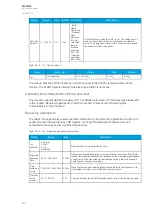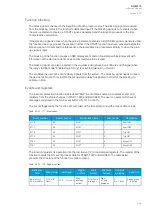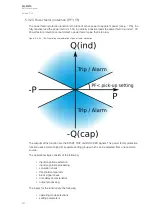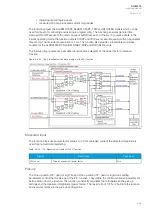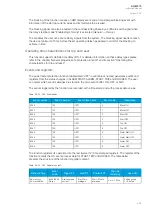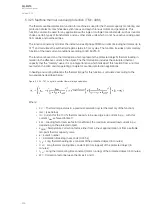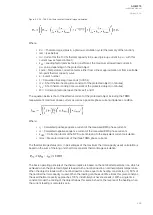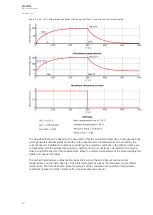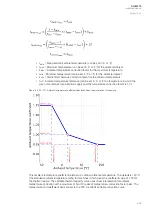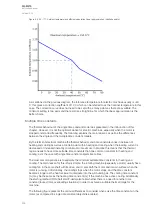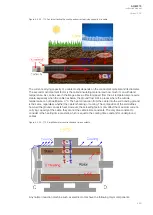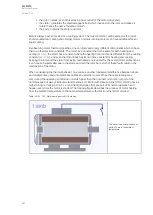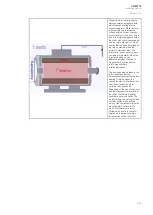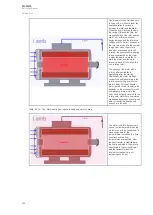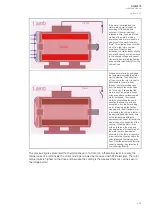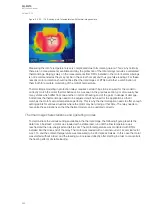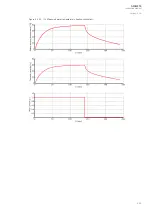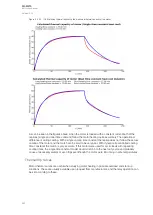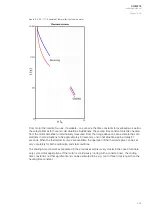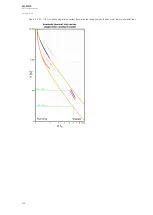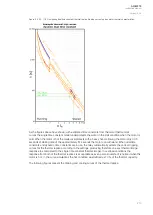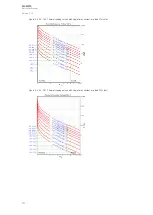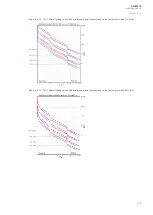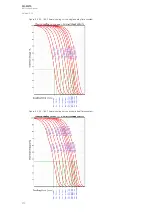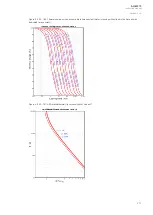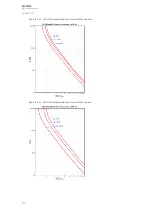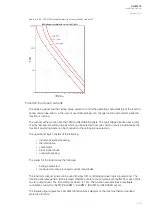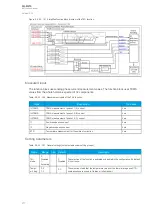
When the motor is energized the
stator generates a magnetic field
which induces a voltage to the
squirrel cage rotor. While the rotor
is not yet rotating, the induced
voltage and the current it causes
are at maximum in the rotor. This is
due to the rotating magnetic field in
the stator with synchronous speed
and the rotors slip now is 1 which
causes that the induced voltage to
the rotor is maximum and the
current is maximum also). The
rotor starts to heat up very quickly
compared to the stator. When the
rotor is speeding up, the
difference between the stator's
magnetic field rotation and the
rotor's magnetic field
rotation decreases.
The rotor speeding up leads to the
rotor current decreasing,
simultaneously decreasing the rotor
heating. This also makes the
cooling fan start to rotate and thus
cool the surface of the motor
while the rotor speeds up.
Depending on the size of the motor
and the masses of the rotor and of
the stator, the thermal capacity
spent during start-up varies. The
motor start-up can be rotor-limited
or stator-limited, which defined
which of the components limits the
maximum start-up time for the
motor. Most motors are rotor-
limited which results in the rotor
heating up to dangerously high
temperatures before the stator.
A
AQ
Q-M215
-M215
Instruction manual
Version: 2.04
262


